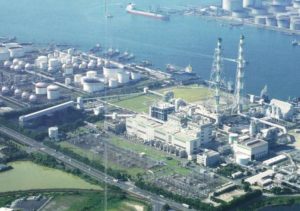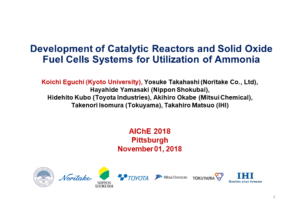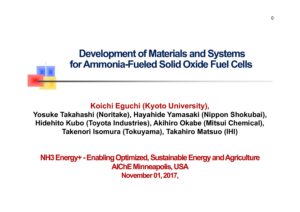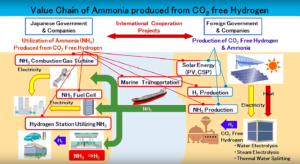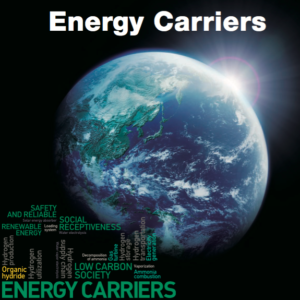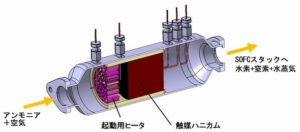From 2014 to 2018 Bunro Shiozawa served as Deputy Program Director of the SIP “Energy Carriers” initiative in Japan. Over the last year he has published a ten-part series of articles that describe and reflect on the research supported by the initiative. Part 4 covers ammonia combustion technologies. The first half of the article was posted on September 23, 2020, in Shiozawa's English translation. The second half follows.
Content Related to Noritake
A Deep Dive into SIP “Energy Carriers” Ammonia Combustion Research (second half)
New Video Summarizes SIP Energy Carriers Accomplishments
ANNOUNCEMENT: The Japanese Government’s Cabinet Office and the Japan Science and Technology Agency have released an English-language video that summarizes the accomplishments of the Cross-Ministerial Strategic Innovation Promotion Program’s Energy Carriers initiative. The release coincides with the end-of-March conclusion of Energy Carriers’ work, and anticipates this month’s formal activation of the Green Ammonia Consortium.
Development of Catalytic Reactors and Solid Oxide Fuel Cells Systems for Utilization of Ammonia
Development of Materials and Systems for Ammonia-Fueled Solid Oxide Fuel Cells
SIP "Energy Carriers" video: ammonia turbines, industrial furnaces, fuel cells
To demonstrate the progress of the SIP "Energy Carriers" program, the Japan Science and Technology Agency last week released a video, embedded below, that shows three of its ammonia fuel research and development projects in operation. R&D is often an abstract idea: this video shows what it looks like to generate power from ammonia. As it turns out, fuel cells aren't hugely photogenic. Nonetheless, if a picture is worth a thousand words, this will be a long article.
Green Ammonia Consortium: Bright Prospects in Japan for Ammonia as an Energy Carrier
In the last 12 months ... In July 2017, 19 companies and three research institutions came together to form the Green Ammonia Consortium. Before this development, it was unclear whether ammonia would find a significant role in Japan’s hydrogen economy. In the wake of this announcement, however, ammonia seems to have claimed the leading position in the race among potential energy carriers.
Ammonia-Fueled Solid Oxide Fuel Cell Advance at Kyoto University
Earlier this month the Eguchi Laboratory at Kyoto University announced advances in ammonia-fueled solid oxide fuel cell technology. The lab was able to produce a functioning fuel cell with a power output of one kilowatt. The device attained “direct current power generation efficiency” in excess of 50% and reached 1,000 hours of continuous operation.
Research and Development of Ammonia-fueled SOFC Systems
Current progress in development of NH3-fueled solid-state fuel cell systems
